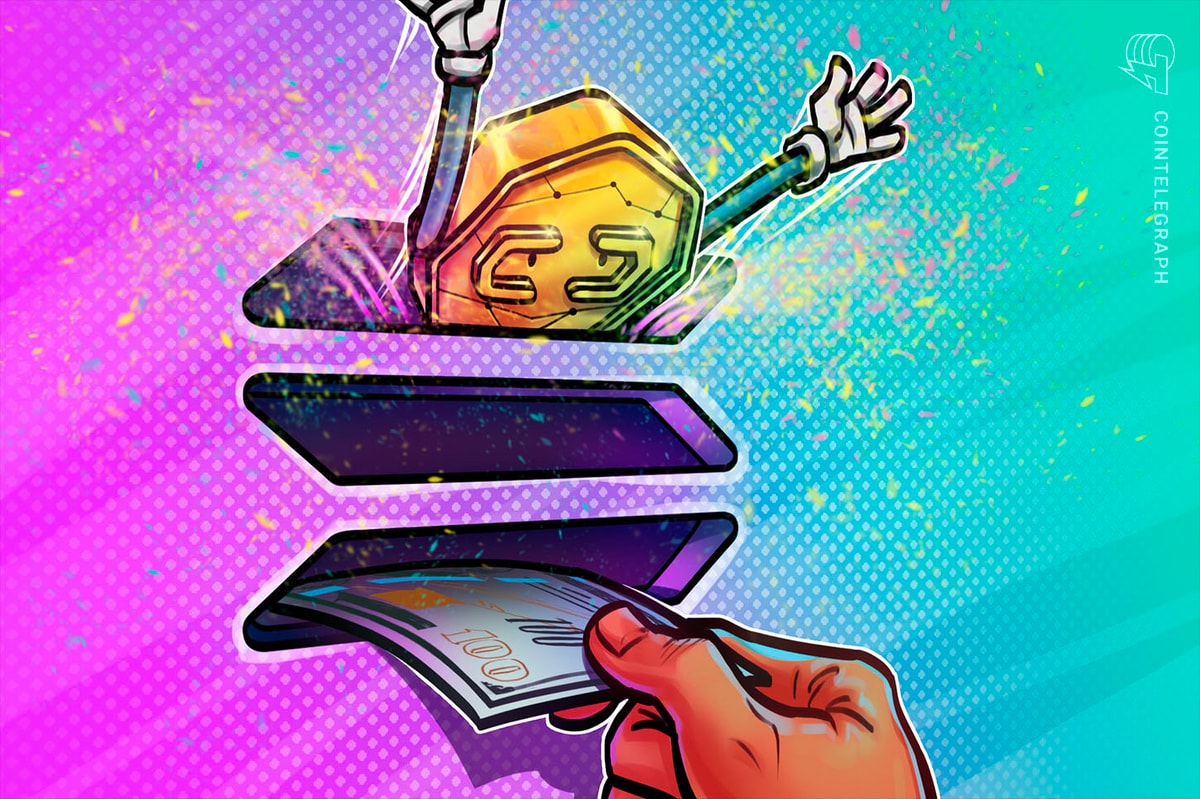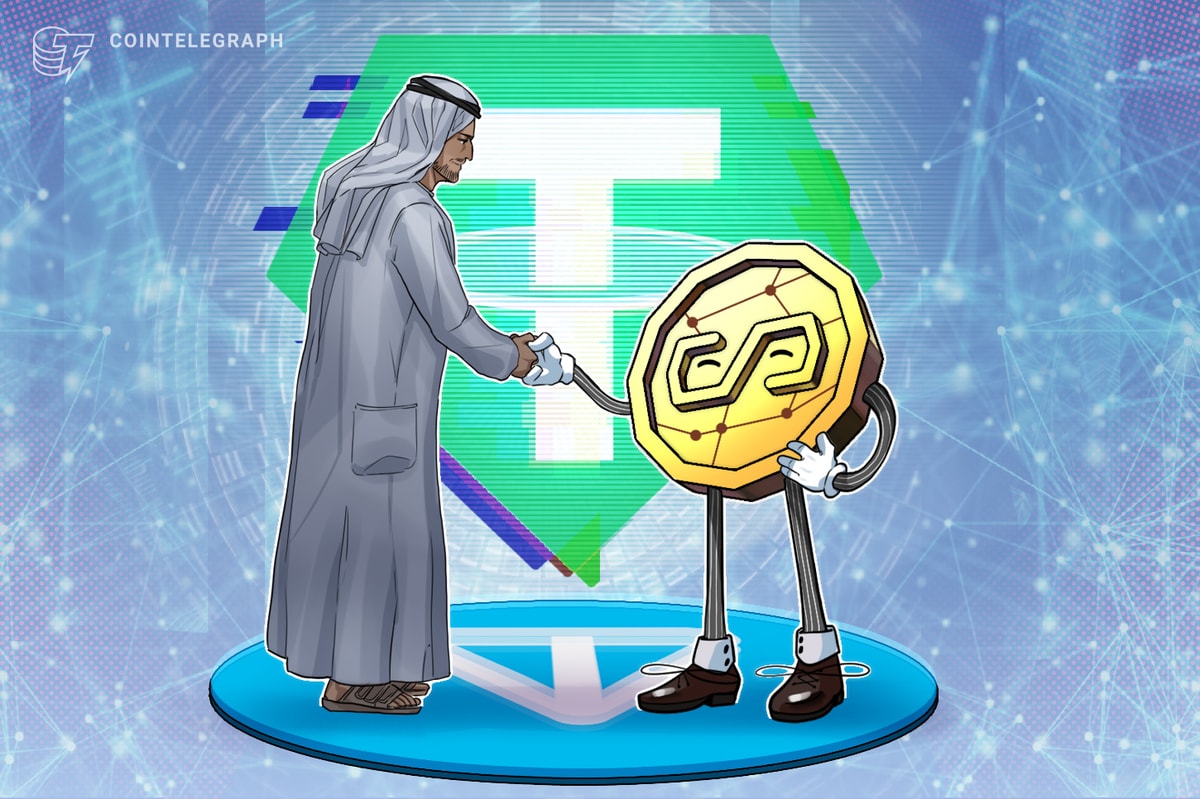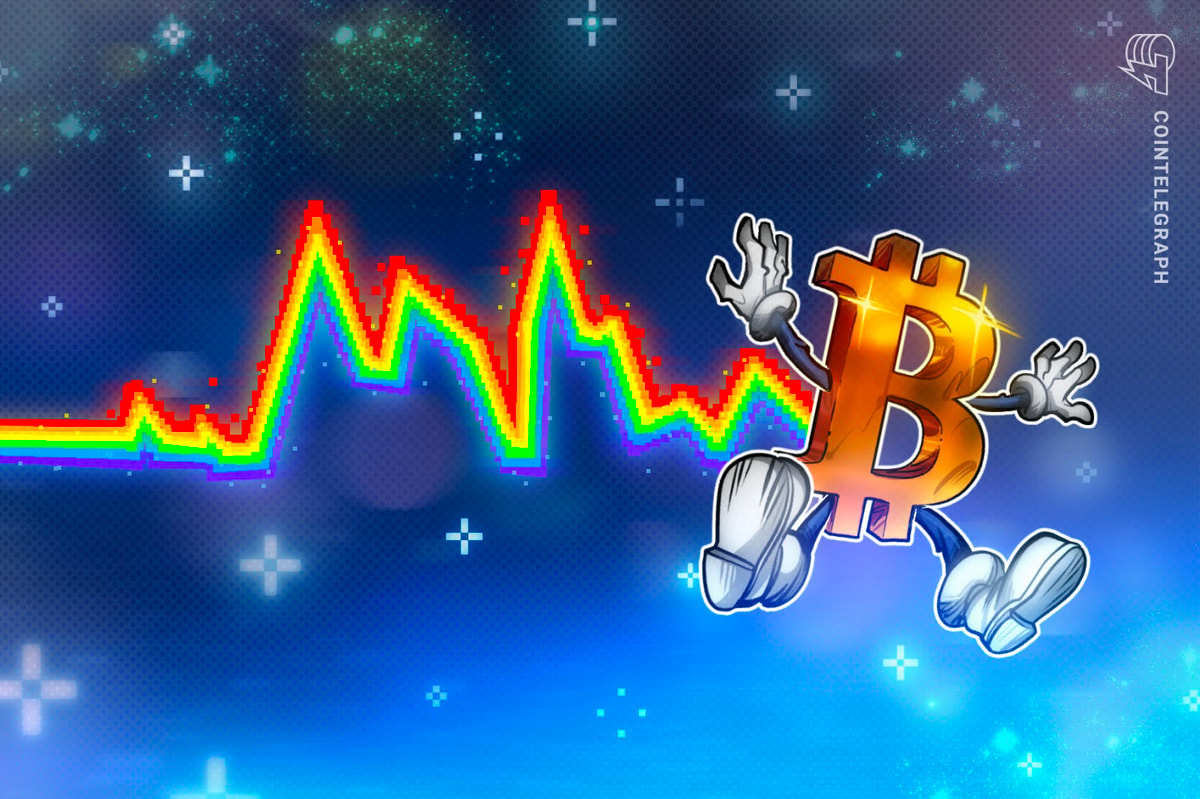Update Nov. 1, 2:29 pm UTC: This article has been updated to include quotes from Messari Protocol Services.
Institutional investments in Solana-native blockchain applications have seen a resurgence in the third quarter of 2024.
During the third quarter, 29 Solana-based decentralized applications (DApps) raised a cumulative $173 million, marking a more than 54% increase compared to the previous quarter.
This funding amount represents the highest level of investment in Solana since the second quarter of 2022, despite the number of funding rounds decreasing by 37%, according to a Messari Protocol Services report shared with Cointelegraph.
Solana investments in Q3. Source: Messari
The growing amount of total funding signals resurging institutional interest in crypto projects, Matthew Nay, research analyst at Messari Protocol Services, told Cointelegraph:
“Yes, we are seeing projects that survived the bear market go on to raise in later stages, notably Drift’s Series B for $25 million. There has also been a lot of interest in Energy DePIN, which can be seen by Multicoin’s $12 million investment in Fuse.”
The report follows Solana surpassing Ethereum in daily fees, generating over $2.54 million in fees on Oct. 28, compared to Ethereum’s $2.07 million, Cointelegraph reported.
Solana is among the leading layer-1 blockchains, often touted as an “Ethereum killer” for its monolithic scaling approach, which aims to enhance transaction throughput and reduce fees without relying on layer-2 blockchains.
Related: Binance founder CZ sees positive shift in crypto regulation worldwide
Solana’s fee-generating users increase to 1.9 million
Solana’s fee generation has seen a significant increase during the third quarter, increasing the network’s profitability.
During the third quarter, average daily fee payers rose to 1.9 million, an increase of over 109% quarter-over-quarter, while average new fee payers grew by 430% to 1.3 million.
However, the average daily non-voting-related transactions decreased by 12% to 62 million.
Average daily fee payers, Q3. Source: Messari
While Solana’s average transaction fees increased by 6% to 0.00015 Solana (SOL) tokens, or $0.023, the media transaction fee saw an over 19% decrease.
Related: Crypto surges in Eastern Europe: DeFi drives 33% of transactions
Institutions are driving tokenization growth on Solana
By the end of the third quarter, Solana was the third-largest blockchain by tokenized treasuries, thanks to continued institutional growth.
A total of $123 million worth of treasuries were tokenized on Solana, compared to Stellar’s $422 million and Ethereum’s $1.6 billion.
Solana-based tokenized treasuries are poised for continued growth as asset management giant Franklin Templeton plans to launch a money market fund on the network.
How Solana could reach 1 billion users in the next five years | Interview with Solana Labs CEO
Global banking conglomerate Societe Generale will also contribute to the growth of the blockchain, noted the report.
Societe Generale is launching a euro-denominated stablecoin, as it prepares for the full implementation of the Markets in Crypto-Assets (MiCA) bill. The new stablecoin was already worth over $37 million on Ethereum, as Societe Generale’s crypto unit plans to add support for Solana.
Magazine: The rise of Mert Mumtaz: ‘I probably FUD Solana the most out of anybody’











